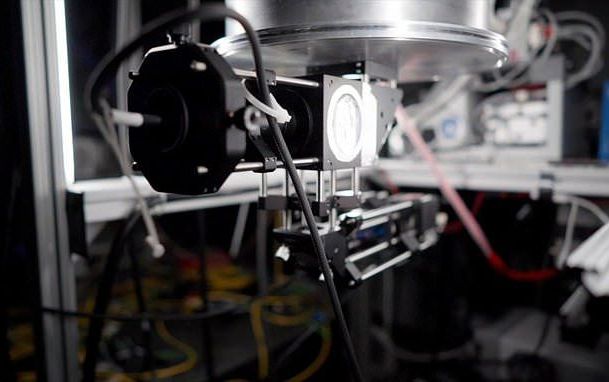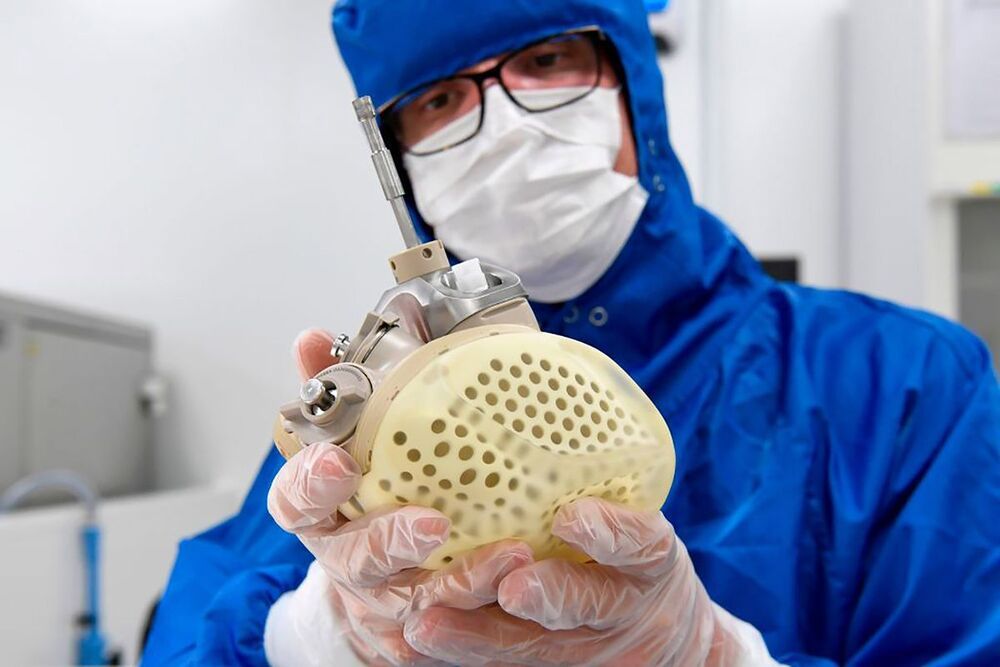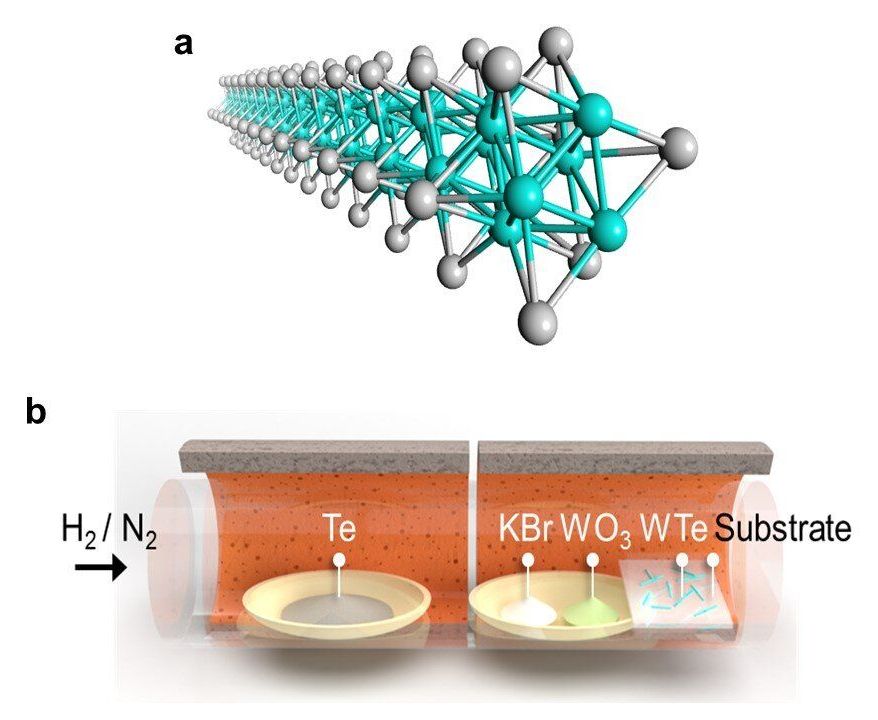No, it’s not a DeLorean, but it’s still pretty sweet.
Follow the links in the story for sources, the text is in red. A new strain of COVID-19 is causing a wave of new lockdowns in London and travel restrictions for those coming from the U.K. because some are worried that this may be an even more contagious version of the coronavirus. Experts say it’s definitely something to watch out for, but it’s not clear whether or not this variant is actually more transmissible—and there’s no reason to think the current COVID-19 vaccines won’t be effective against it. So what exactly is different about this new strain of COVID-19? Well, this variant (also called B. 1. 1. 7.) has a few mutations, 17 to be exact. Not all of them are concerning, but a few are. The mutations that have experts a little on edge have to do with genes that encode the virus’s spike protein, which is located on the surface of the virus and is the piece of the virus that helps it actually bind to human cells. (That’s the first step in becoming infected.) One of these mutations (called N501Y) may make it easier for the spike protein to bind to the receptors on our cells, Science explains. Another mutation (called 69-70del) affects the number of amino acids (the building blocks that make up a protein) in the spike protein, and variants with this mutation have been previously identified in some immunocompromised people whose bodies were unable to muster the necessary immune response to protect them from the virus.
It’s causing new lockdowns and travel restrictions.
In their latest experiment, researchers from Caltech, NASA, and Fermilab (Fermi National Accelerator Laboratory) built a unique system between two labs separated by 27 miles (44km).
The system comprises three nodes which interact with one another to trigger a sequence of qubits, which pass a signal from one place to the other instantly.
The ‘teleportation’ is instant, occurring faster than the speed of light, and the researchers reported a fidelity of more than 90 percent, according to the new study, published in PRX Quantum.
The Big Bang might never have existed as many cosmologists start to question the origin of the Universe. The Big Bang is a point in time defined by a mathematical extrapolation. The Big Bang theory tells us that something has to have changed around 13.7 billion years ago. So, there is no “point” where the Big Bang was, it was always an extended volume of space, according to the Eternal Inflation model. In light of Digital Physics, as an alternative view, it must have been the Digital Big Bang with the lowest possible entropy in the Universe — 1 bit of information — a coordinate in the vast information matrix. If you were to ask what happened before the first observer and the first moments after the Big Bang, the answer might surprise you with its straightforwardness: We extrapolate backwards in time and that virtual model becomes “real” in our minds as if we were witnessing the birth of the Universe.
In his theoretical work, Andrew Strominger of Harvard University speculates that the Alpha Point (the Big Bang) and the Omega Point form the so-called ‘Causal Diamond’ of the conscious observer where the Alpha Point has only 1 bit of entropy as opposed to the maximal entropy of some incredibly gigantic amount of bits at the Omega Point. While suggesting that we are part of the conscious Universe and time is holographic in nature, Strominger places the origin of the Universe in the infinite ultra-intelligent future, the Omega Singularity, rather than the Big Bang.
The Universe is not what textbook physics tells us except that we perceive it in this way — our instruments and measurement devices are simply extensions of our senses, after all. Reality is not what it seems. Deep down it’s pure information — waves of potentiality — and consciousness orchestrating it all. The Big Bang theory, drawing a lot of criticism as of late, uses a starting assumption of the “Universe from nothing,” (a proverbial miracle, a ‘quantum fluctuation’ christened by scientists), or the initial Cosmological Singularity. But aside from this highly improbable happenstance, we can just as well operate from a different set of assumptions and place the initial Cosmological Singularity at the Omega Point — the transcendental attractor, the Source, or the omniversal holographic projector of all possible timelines.
Shares in Carmat SA posted their biggest gain in more than seven years after the company got approval to sell the first-ever total artificial heart in Europe, the culmination of a 27-year effort that began with a pitch from a French cardiac surgeon to an aerospace company.
Federal officials are disappointed to find that the monoclonal antibody drugs they’ve shipped across the country aren’t being used rapidly.
These drugs are designed to prevent people recently diagnosed with COVID-19 from ending up in the hospital. But hospitals are finding it cumbersome to use these medicines, which must be given by IV infusion. And some patients and doctors are lukewarm about drugs that have an uncertain benefit.
Doctors hope that as word gets out, more people will end up trying these drugs. They are provided to health systems free by the federal government, but it costs money to administer the medication. At first, Medicare set a price that would require many patients to pay a $60 copay, but the Centers for Medicare and Medicaid Services later found a way to waive that fee.
Monoclonal antibodies to prevent severe COVID-19 aren’t being used as widely as expected. Medical staff shortages and patient transportation problems are two of the reasons.
Researchers from Tokyo Metropolitan University have discovered a way to make self-assembled nanowires of transition metal chalcogenides at scale using chemical vapor deposition. By changing the substrate where the wires form, they can tune how these wires are arranged, from aligned configurations of atomically thin sheets to random networks of bundles. This paves the way to industrial deployment in next-gen industrial electronics, including energy harvesting, and transparent, efficient, even flexible devices.
Electronics is all about making things smaller—smaller features on a chip, for example, means more computing power in the same amount of space and better efficiency, essential to feeding the increasingly heavy demands of a modern IT infrastructure powered by machine learning and artificial intelligence. And as devices get smaller, the same demands are made of the intricate wiring that ties everything together. The ultimate goal would be a wire that is only an atom or two in thickness. Such nanowires would begin to leverage completely different physics as the electrons that travel through them behave more and more as if they live in a one-dimensional world, not a 3D one.
In fact, scientists already have materials like carbon nanotubes and transition metal chalcogenides (TMCs), mixtures of transition metals and group 16 elements which can self-assemble into atomic-scale nanowires. The trouble is making them long enough, and at scale. A way to mass produce nanowires would be a game changer.
We’re Farming Plants that Ooze Metal
Posted in food
A team of Johns Hopkins University researchers has developed a new software that could revolutionize how DNA is sequenced, making it far faster and less expensive to map anything from yeast genomes to cancer genes.
The software, detailed in a paper published in Nature Biotechnology, can be used with portable sequencing devices to accelerate the ability to conduct genetic tests and deliver diagnoses outside of labs. The new technology targets, collects and sequences specific genes without sample preparation and without having to map surrounding genetic material like standard methods require.
“I think this will forever change how DNA sequencing is done,” said Michael C. Schatz, a Bloomberg Distinguished Associate Professor of Computer Science and Biology and senior author of the paper.
Summary: Artificial intelligence technology redesigned a bacterial protein that helps researchers track serotonin in the brain in real-time.
Source: NIH
Serotonin is a neurochemical that plays a critical role in the way the brain controls our thoughts and feelings. For example, many antidepressants are designed to alter serotonin signals sent between neurons.
In an article in Cell, National Institutes of Health-funded researchers described how they used advanced genetic engineering techniques to transform a bacterial protein into a new research tool that may help monitor serotonin transmission with greater fidelity than current methods. Preclinical experiments, primarily in mice, showed that the sensor could detect subtle, real-time changes in brain serotonin levels during sleep, fear, and social interactions, as well as test the effectiveness of new psychoactive drugs.









